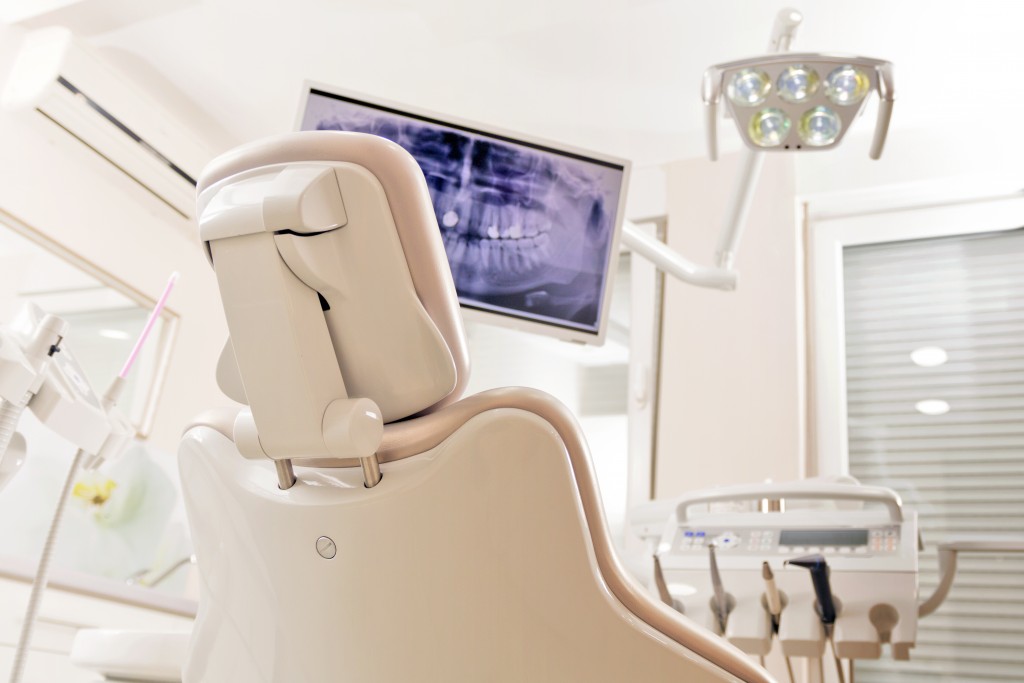Whether we want to admit it or not, the quality of our lives depends on our appearance and how we see the world. The impairment of the senses can significantly affect how you will live. For some, it can even limit their horizons, becoming a hindrance to achieving their goals and dreams.
However, you do not have to live your whole life with these impairments. Technological advancements are readily available, and you can use them to have a more fruitful and fulfilled life.
Here’s how technological improvements in the medical industry can help transform lives.
1. Fix your smile.
When you meet someone new, guess what they will see first? Your smile can make a great first impression on your peers, colleagues, and new friends. Having an unpleasant set of teeth can make you self-conscious. This can result in lower self-esteem, and you might miss opportunities because of your dental problems.
Advancements in orthodontic technology have enabled orthodontists to fix smiles and support dreams. Realigning teeth is now more than just using wires and metals for your dental braces. Almost invisible braces can realign your teeth for a more confident smile. Visit the nearest orthodontic dental laboratories in your area for a consultation on how to make your smile more beautiful.
With your teeth fixed and your smile more self- assured, you can take on the world with grace and confidence. You can face other people with your winning and beguiling smile.
2. See clearly.
If wearing glasses or contact lenses all the time wears you out, eye surgeries can correct nearsightedness. LASIK and SMILE procedures are both corrective eye surgeries, so you can say goodbye to your eyeglasses and contact lenses. LASIK gives patients the benefits of less time for recovery and less post-surgery discomfort. However, patients are evaluated if they qualify for LASIK surgery.
SMILE, which stands for Small-incision Lenticule Extraction, is another way to correct nearsightedness. Unlike LASIK, SMILE will not create or remove a flap on the cornea. It is the ideal option for patients with dry eyes.
3. Move with bionic technology.

There are many reasons why amputations are done. Common causes include accidents, significant tissue damage from illnesses, blood clots, removal of tumors, and blood vessel diseases. Being an amputee should not stop a person from enjoying life and pursuing his dreams. However, losing a leg or an arm can be very crippling. It can affect the confidence of the amputee. This is especially true if the amputation happened well into adulthood, giving the amputee little time to adjust to the drastic changes.
There is a silver lining in these dark moments. Gone are the days of bulky and heavy prosthetics. Bionic technology has allowed amputees to live more comfortably and freely with easier-to-control bionic arms and legs. Although the movement might not be as smooth and natural with your original limbs, bionic technology has progressed over the years.
Recent advancements in bionic technology include myoelectric-controlled prostheses and pneumatics. The myoelectric-controlled prostheses are controlled by muscles that release electrical signals. The accuracy of the movement is dependent on the sensors at the stump and the size and fit of the prosthetic arm or leg. Pneumatics, on the other hand, uses pressurized air to move the mechanical joints of the prosthetics.
Another milestone in bionic technology is the LUKE arm, which was developed by DEKA Integrated Solutions Corp. It was funded by the Defense Advanced Research Project Agency (DARPA). It was approved by the FDA in 2014 and is commercially available. The LUKE arm features ten powered prosthetic joints, can perform simultaneous movements, and is powered by lithium-ion batteries. It can perform six types of grip: power grip, tool grip, fine pinch closed, fine pinch open, chuck grip, and lateral pinch.
4. Live beautifully with non-invasive treatment for traumatic scars.
Traumatic scars from deep tissue damage caused by burns and trauma can negatively affect a person’s quality of life. Traumatic scars on the face and neck can be unappealing and result in low self-esteem. Some traumatic scars can also be painful and restrict movement. Although there are surgical treatments for traumatic scars, non-invasive treatments are also available. Non-invasive techniques include the use of silicone gel, intralesional therapy, radiation therapy, and laser therapy. Laser and light therapies are now commonly used by doctors and dermatologists, along with radiofrequency and ultrasound technologies. They are non-invasive, promise faster recovery, and have lower risks.
Life should be enjoyed as it is. Thankfully, medical and technological advancements enable people with impairments and cosmetic problems to live their lives to the fullest.

